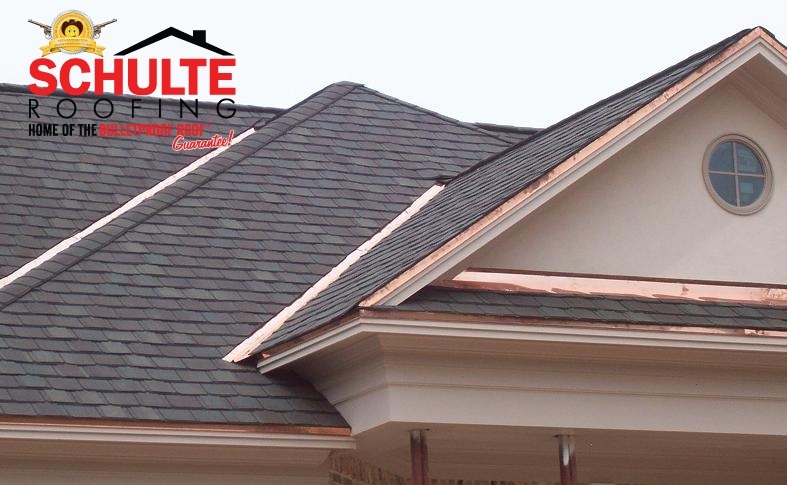 One of the important components and best means of lowering utility bills is the installation of roofing insulation. It is important that the attic and roof be safeguarded from warm air being lost during the winter and cold air escaping in the summer. It is essential to control the movement of air in order to maintain a steady room temperature in the rooms below this housetop structure. Insulation is more important today than ever before; therefore, it is important to know the many options that are available for a variety of applications.
One of the important components and best means of lowering utility bills is the installation of roofing insulation. It is important that the attic and roof be safeguarded from warm air being lost during the winter and cold air escaping in the summer. It is essential to control the movement of air in order to maintain a steady room temperature in the rooms below this housetop structure. Insulation is more important today than ever before; therefore, it is important to know the many options that are available for a variety of applications.
Types of Insulation
Not everyone knows the different types of insulation available. Knowing about them is necessary in order to determine the material that is best suited for each individual need.
- Foam Spray – This is considered to be the best material among all of the options. It protects the building from the external destruction brought about by hard rain, strong winds and snow storms. The application is done on the underside of the roof by filling in the gaps between the rafters and other supporting structural parts. Once the application is complete, the entire building will be protected against the harsh elements of nature.
- Fiberglass – This is one of the most popular types of insulation material. It is created from molten glass that is processed into microfibers. It is lightweight, durable, strong and very efficient in reducing heat loss. This glass fiber-reinforced plastic does have some possible harmful side effects because of the use of formaldehyde, which is a toxic and carcinogenic substance.
- Radiant Barrier Foil – This material is a reflective insulation; it controls heat and condensation by reflecting 97 percent of radiant heat. It is applied by stapling it to the bottom of rafters or overlapping it on existing insulation. While the advantage is lower energy consumption, the drawback is its lower capacity to reflect conductive heat.
- Recycled Cellulose Fiber – This material is created from recycled newspaper and unused paper products and is one of the greener options on the market. Commonly, it is marketed in sheets; however, for roofing applications it is sprayed using a compressor machine. The material is treated to be fire-resistant, sound-proof, and vermin repelling.
- Recycled Denim – This material is also an eco-friendly alternative. It is made from old blue jeans or cotton fabric and is treated with chemicals to be fire-resistant, pest-repellant, and non-toxic. It comes in rolls, is totally non-irritating and easy to install.
- Soy Fibers – This material is another green option and is derived from soy beans and applied by a spraying method to fill in any gaps, then left to dry and harden. It also acts as a sealant by expanding and filling cracks before it hardens.
- Sheep’s Wool – This material is considered one of the best options available on the market; however, it is also one of the most expensive. It is: fire-resistant, sound-proof, and non-toxic; has a long service life; can be composted; and is a green solution as well.
Selecting the best material depends on some basic knowledge about the advantages of each type. Many people today are choosing insulation that is green and eco-friendly with the highest R-value to promote coolness during the summer and warmth during the winter, ultimately reducing utility bills and providing added comfort to the rooms below. Regardless of the type of building insulation material that is chosen, it is important to learn about roofing insulation alternative options!
Are you in need of Houston roofing contractors who are available to work on your roof? Schulte Roofing of Navasota provides services to the greater Houston area and can help with all of your roofing needs!
